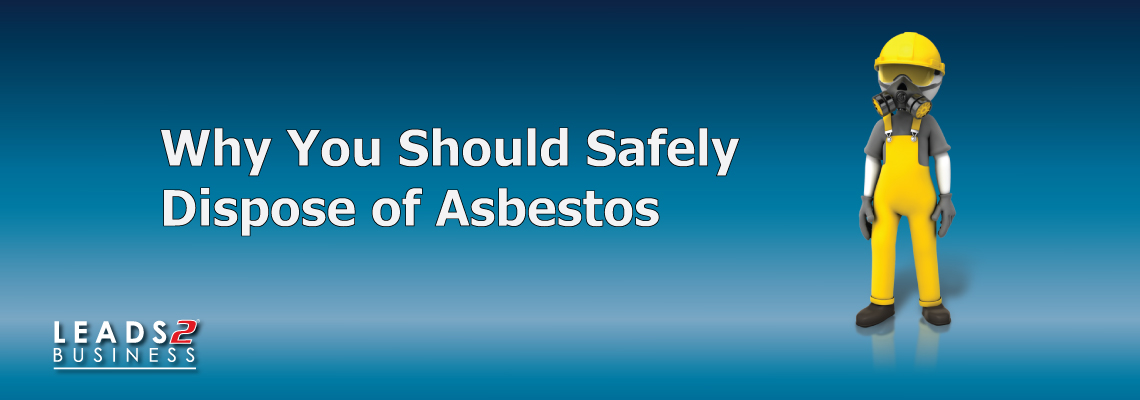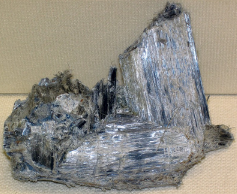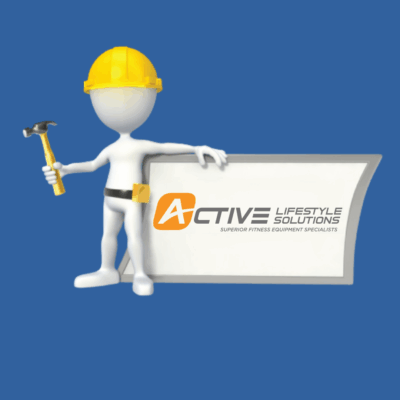
Firstly… let’s start with understanding what asbestos is.
Asbestos is a term used to refer to six naturally occurring silicate minerals. All are composed of long and thin fibrous crystals, each fibre is composed of many microscopic ‘fibrils’ that can be released into the atmosphere by abrasion and other processes. Asbestos fibres are naturally resistant to heat, fire, electricity and chemicals and use to be used extensively in the past in products such as insulation, cement and some floor tiles.

Fibrous tremolite asbestos on muscovite
Manufacturers and builders began using asbestos for its desirable physical properties. Asbestos use was widespread during the 20th century until public recognition of the health hazards, beginning in the 1970s, of asbestos dust, led to its outlawing by courts and legislatures in mainstream construction and fireproofing in most countries. Despite this, at least 100,000 people a year are thought to die from diseases related to asbestos exposure.
Asbestos is a well-known health hazard and inhalation of the fibres and long term exposure can lead to various lung conditions. Inhaled asbestos fibres aggravate lung tissues, which cause them to scar. There are three primary diseases associated with asbestos exposure:
- Asbestosis
- Lung Cancer
- Mesothelioma
So now that we understand what asbestos is and the health hazards it carries, removing of asbestos safely is extremely important and no short cuts should ever be taken. It is recommended that you use a licenced asbestos removalist to remove asbestos and dispose of it safely.
If you are removing asbestos yourself you need to take precaution and follow the necessary steps to remove it safely to protect your health and the health of those around you including children.
Some do’s and don’ts to ensure your family and the people around you are safe.
Do’s:
- Plan your job so you have all the necessary equipment on hand.
- Wear personal protective equipment (PPE) at all times.
- Ensure no electrical wiring or electrical products are in the work area.
- Prepare your equipment and work area before you start
- Only wear old clothes under the coveralls. These should be disposed of when the job is completed.
- Cover removal area in 200um plastic drop sheets to catch any fibres, dust and debris.
- Wet the area that contains asbestos using a gentle mist spray of water before commencement. Detergent added to the water helps improve absorption or a mix of 1 part PVA glue to 5 parts water will help bond the material to minimise any dust.
- Continue wetting asbestos that is exposed – if you can see it, wet it.
- Spray using a spray bottle to wet smaller areas.
- Low-pressure constant spray mist using a garden hose with a mist nozzle can be used to wet larger areas outdoors such as external walls or fences.
- Minimise the number of people in the work area.
- Decontaminate yourself, the work area and equipment when work is completed.
- Dont’s:
- Never create dust
- Never break asbestos sheeting
- Never work in windy conditions
- Never use power tools or equipment that can produce dust
- Never use brooms or brushes except for sealing if using paint or PVA glue solution
- Never use high-pressure water spray on any asbestos product including walls, fences and roofing
- Never use household vacuum cleaners. Only special H class asbestos vacuum cleaners are used by licensed removalists to collect dry asbestos dust and debris.
An interesting fact: In 2008, South Africa banned asbestos. The ban prohibits the importation and exportation of asbestos, as well as the use and manufacturing of the mineral.
I hope I have educated you a little bit more on asbestos and the dangers of being exposed to it.
Sources:
Wikipedia
Flickr
Mayo Clinic
Asbestos
Asbestos Awareness
If you are interested in becoming one of our subscribers, please visit Leads 2 Business.
To view notes with screenshots on how to use our website, please visit Leads 2 Business Wiki.
To view more Articles, please visit our Leads 2 Business Blog.
About Nadia Milln
My journey at Leads 2 Business all started back in September 2014 as a content researcher in the Daily Tenders Africa Department. In March 2018 I was promoted to content researcher in the Private Project department. I am a fun loving, bubbly person and mom to a beautiful baby boy who is the absolute light of my life.








Leave a Reply